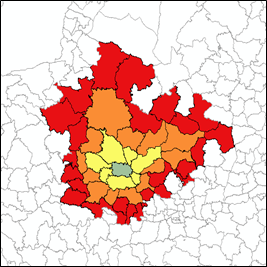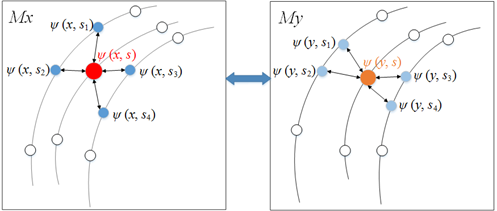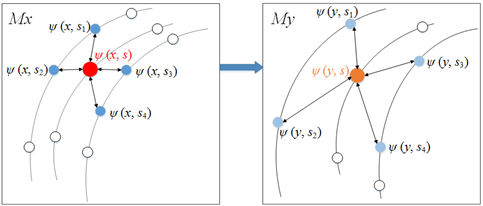The Research Team Led by Chen Ziyue from the Faculty of Geographic Sciences Has Proposed a General Geographical Attribution Model Based on Spatial Cross-sectional Data
Associate Professor Gao Bingbo from China Agricultural University and Associate Professor Chen ZiYue from Beijing Normal University organized a joint team to conduct research on spatial attribution methods and developed the Geographical Convergent Cross Mapping (GCCM) method, which can identify causal relationships and estimate causal effects based on spatial cross-sectional data. Their paper titled “Causal inference from cross-sectional earth system data with geographical convergent cross mapping” was published in the journal Nature Communications on September 21, 2023. Gao Bingbo from China Agricultural University is the first author . Professor Yang Jianyu from China Agricultural University is the co-first author. Associate Professor Chen ZiYue from Beijing Normal University and Researcher Wang Jinfeng from the Institute of Geographic Sciences and Natural Resources Research, Chinese Academy of Sciences, are the co-corresponding authors. Professor George Sugihara from the University of California , Professor Li Manchun from Nanjing University, Professor Guan Meibao from The Chinese University of Hong Kong, and Professor Alfred Stein from the Faculty of Geo-Information Science and Earth Observation (ITC) at the University of Twente in the Netherlands are co-authors.
This study innovatively introduces a state space reconstruction based on spatial lag (Figure 1). It validates the correctness of the reconstruction method and establishes a spatial causal inference method based on state space cross-mapping prediction. It also develops a significance testing method for the results (Figure 2). The GCCM method is primarily used for causal inference in complex nonlinear systems. It can identify causal directions and estimate causal effects in weakly coupled relationships and identify dominant causal directions and estimate causal effects in strongly coupled relationships. This effectively resolves the challenge of the mirror effect that spatial statistical methods struggle to address when identifying causal directions.
The theoretical framework of GCCM is suitable for numerous Earth systems with deterministic trends and multiple intertwined coupled variables. Furthermore, GCCM does not rely on prior distribution assumptions or preset model structures, making it simple and user-friendly. It offers a promising new option for attribution analysis in the field of Earth sciences.
![]()


(a) Grid Data; (b) Vector Polygon Data.
Figure 1. Spatial Lag

(a) Reliable Prediction

(b) Unreliable Prediction
Figure 2. State Space Cross-Mapping Prediction
Paper link: https://www.nature.com/articles/s41467-023-41619-6


